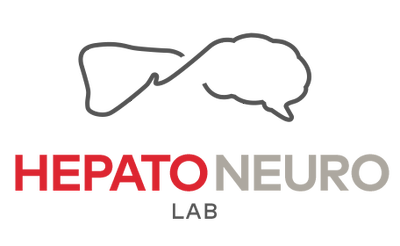
Data obtained by Mélanie Tremblay.

Immunological technique for localisation of cellular or molecular structures in a tissue or cells.
The cells must be grown on a piece of plastic while the tissues are cut into thin slices. Several methods such as microtome, vibratome, cryotome achieve cuts of about 5-50 um. The cells must be fixed and permeabilized (in the case of an intra-cellular antigen) to provide access in cells to antibodies. An antibody specific to a protein of interest is incubated, followed by a secondary antibody, recognizing the first antibody. By enzymatic reaction with a substrate, color generated can be seen under a microscope. Using a fluorophore allows observation under a fluorescent microscope.
The fluorophore is activated by UV light (excitation) and it emits fluorescence (emission) detected by the microscope. There are many exciting and emitting fluorophores to different wavelengths, generating different colors. It becomes interesting to make double or triple markings, detecting and 2 or 3 parameters simultaneously.

Data obtained by Mélanie Tremblay.